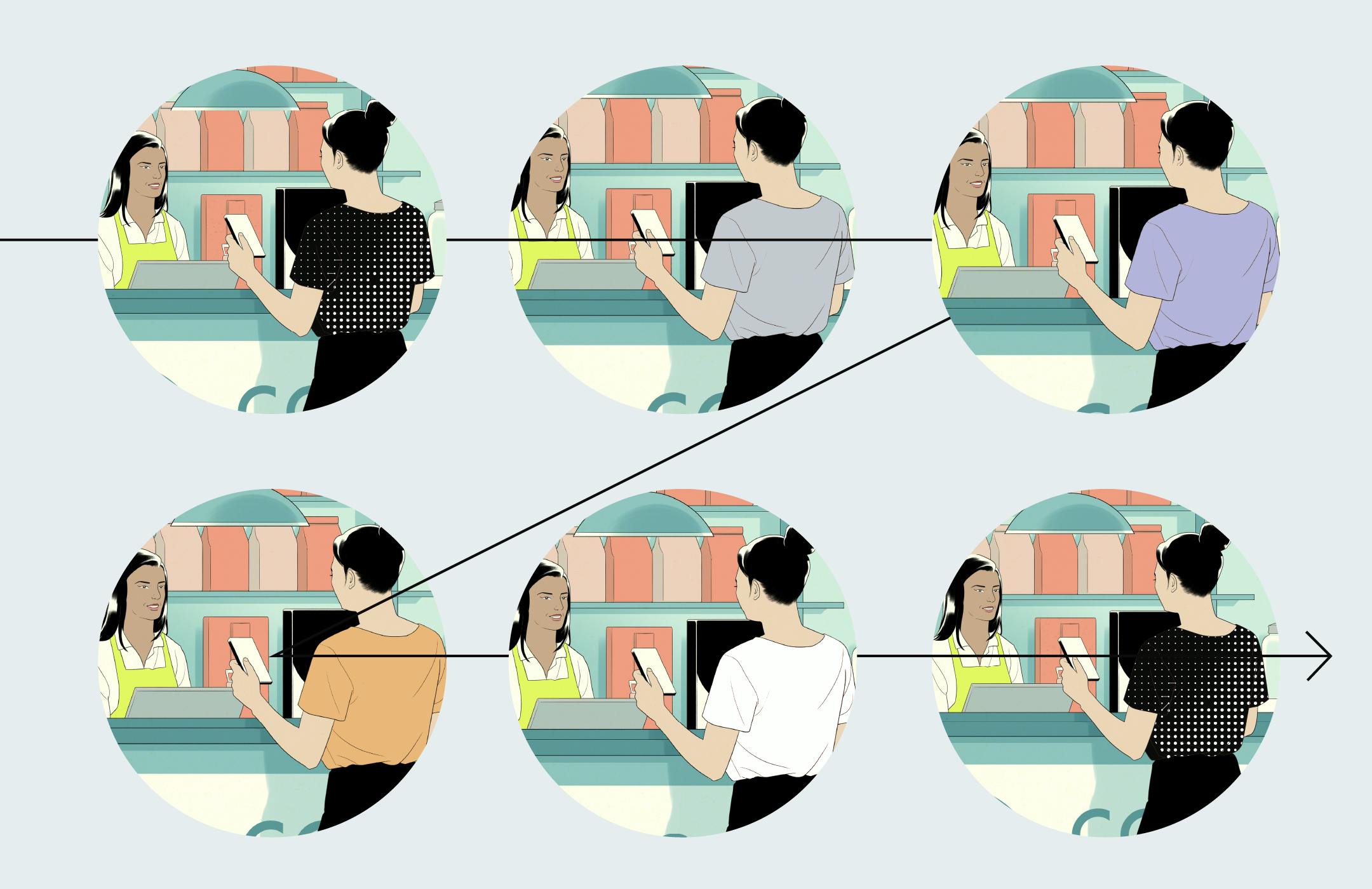Whenever I upgrade to a new phone, I like to embark on what I call a “Great Decluttering,” a satisfying purge of any apps I no longer use. This year, I monitored my delete streak and noticed that it was mainly restaurant apps and their associated loyalty programs that didn't make the cut. I wiped eight apps in total, then took a moment to reflect on why: these eight didn’t offend me, or do something so heinous that it was time to break up — they simply lost my attention. Considering that consumers belong to an average of 15 loyalty programs but are only active in around seven of them, we can see that it’s very easy to lose someone's interest. Unless restaurants can serve up something compelling that makes a consumer take action and sign up, it’s an uphill struggle to cultivate true loyalty from the programs they’ve invested in. Loyalty leaders in the restaurant industry are coming to terms with the fact that in order to drive the behavior and actions they desire from their guests, they have to prioritize customer data. Here are some strategies restaurants should keep in mind as they fine-tune their loyalty operations:
1. Customers crave being known and understood
The shift in consumer dining habits since the pandemic has been rapid and monumental, with digital ordering and delivery growing 300% faster than dine-in traffic since 2014. To offer diners what they want in terms of convenience and experience, guest engagement strategies must have the flexibility to shift with new dining patterns as they emerge.
That means businesses need a clear view of their customers, especially their loyal ones. This is why a centralized record of your customers sourced from all your various purchasing channels, eg. online vs. in-store vs. mobile app, is so important — without it, your view of the customer is going to be skewed depending on what you’re using as a source of truth. A company that’s able to clearly answer what is distinctive about and what matters to their top 5%, 10%, or 25% of customers is well-equipped to engage with their guests in ways they respond to.
2. Loyalty programs don’t present a whole view of the customer
While loyalty programs do provide an excellent source of customer knowledge to draw from, they shouldn’t be considered the north star. Customer behavior can be misrepresented in loyalty data sets —people often neglect to identify themselves in-store, check out anonymously online, or allow friends and family to use their loyalty program. A customer who looks like a lapsed guest in your loyalty program may in fact place orders online frequently. A reliable way to build a clearer, single image of the customer and the value they bring to your business is to identify ways to incorporate more data within your loyalty program.
3. Customer relationships are no longer one-size-fits-all
Most programs offer the same generalized discounts and incentives to all customers, despite the fact that a whopping 79% of customers will only consider shopping with brands that show they understand and care about them. Because of the lack of engagement the customer feels, restaurants often struggle to convert one-time diners to repeat ones.
Restaurants are now in a race to design creative, personal ways to engage, including multi-step journeys to nurture them along, and those that do will keep customers coming back for more.
4. Discounts won’t win customers, but data will
The race to personalize experiences for customers begins with data, not discounts. Programs that have an emphasis on generalized incentives are typically costly to the restaurant and don’t do much for the business. The majority of consumers a generic program attracts have a high probability of disconnecting with the brand once the offer goes away. Even more worryingly, the brand may be forfeiting its own margin by discounting segments of customers they actually want to attract, ones who otherwise would have dined with them before the discount. Using your first-party data comprehensively will not only attract and retain the customers you want, but also significantly reduce the overall cost of running your loyalty program.
5. It takes a village
To build a truly flourishing loyalty program requires the whole organization to commit. Building great experiences that keep diners returning, and spending more money with you, requires a full buy-in from the majority of teams, not just the people running the program. From IT and analytics, to field operations, customer service, and marketing teams at the HQ, and regional levels. Loyalty is a loop that should move swiftly and smoothly, turning raw guest data into impactful insights that spur actions that fuel the next level. This loop can only be iterated upon when all teams have a shared investment in doing so. In the year ahead and beyond, the big winners of loyalty and lifetime value will be determined by how well they manage and execute with their own customer data.
If you’re looking to accelerate your use of first-party data across your restaurant organization, we’d love to get in touch and share more on why the leading restaurant brands choose Amperity to accomplish this.
